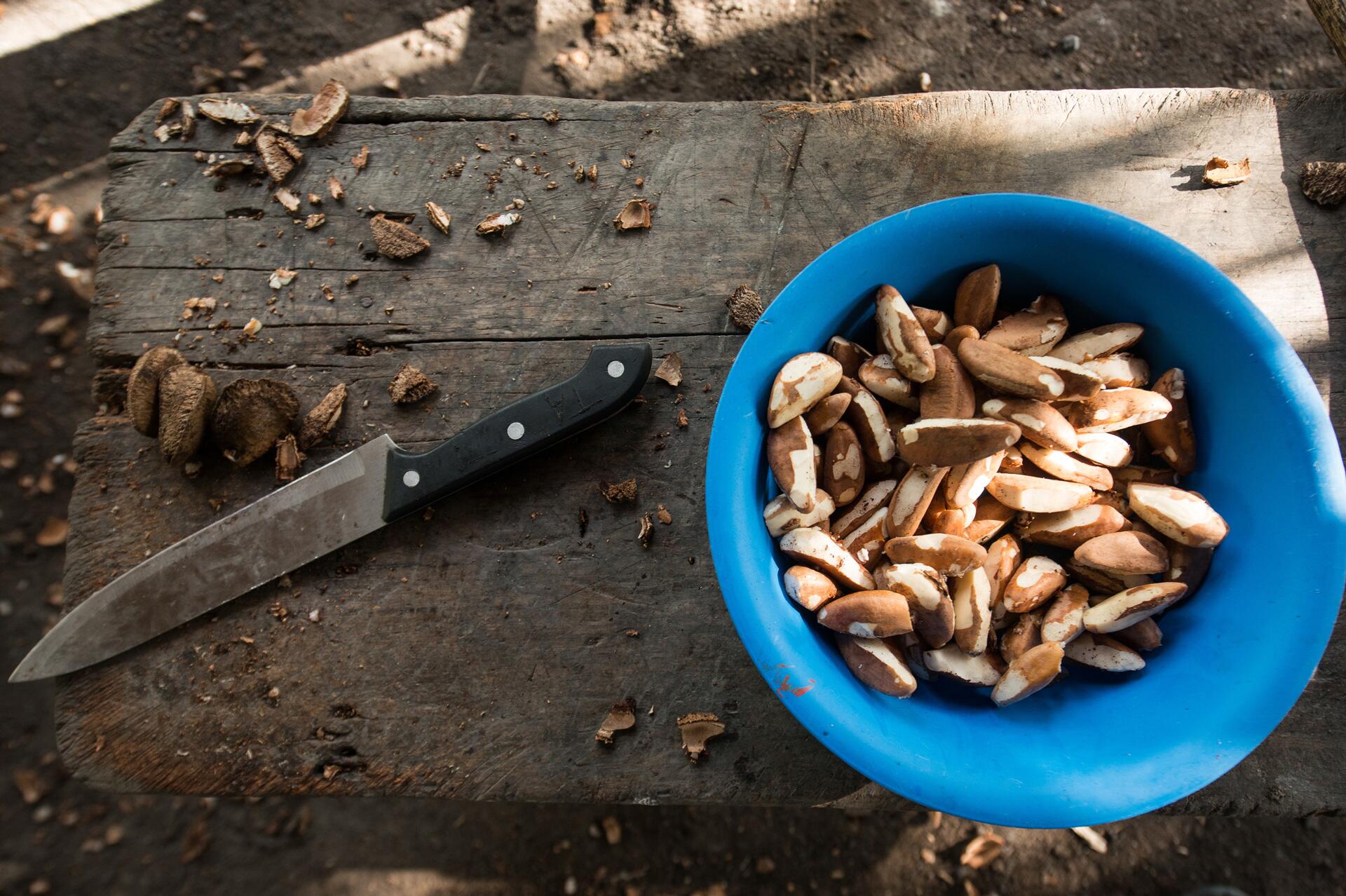PEOPLES AT RISK
- Highway expansion could affect 40 Indigenous lands
The connection of the BR-319 highway between the cities of Manaus and Porto Velho with six state highways could affect a total of 23,000 Indigenous people, as well as 38 conservation units, according to a survey. (InfoAmazonia) - Yanomami send threat alerts by cell phone
Indigenous people can now send information about health, environmental and territorial risks via an app. The messages can be picked up by authorities, institutions and the press, according to the Social Environmental Institute (ISA). - Vale railroad plan causes friction among Gavião people
The mining company Vale has obtained permission to build a second railway line that cuts through indigenous land in the south of Pará. The construction work has already had an effect on the environment and disrupted the local way of life, reports Mongabay.
NON HUMANS
- Artificial intelligence tracks behavior of Amazon River dolphins
Researchers have used acoustic monitoring and artificial intelligence to map the animals’ movements and preferences in their seasonally flooded habitats, according to Mongabay. - Ornamental fish trafficking threatens Xingu species
On the endangered list, the zebra pleco sells for 200 dollars on the internet. Around 100,000 of them are trafficked every year, reports ((o))eco.

Cleaning Brazil nuts in Indigenous territory, following harvesting in the traditional way. Photo: Valdemir Cunha/Greenpeace
DEFENDING THE FOREST
- Women defenders and how they work
The majority of the women who protect vulnerable populations in the Brazilian forest are black, see the activity as part of their daily lives and don’t even regard themselves as activists, according to a study in Nexo Jornal. - Forest fires are down by almost 50% in August in the Amazon region
Around 17,000 hotspots were recorded in the month, most of them in the state of Pará, compared to 33,000 during the same period in 2022. The number was also 35% below the average for August, according to ((o))eco. - Nut trade promotes preservation
The sale to the United Kingdom of six tons of the product collected in the traditional way has helped generate income for around 600 Kayapó families and preserve native Brazil nut groves, reports Envolverde. - Açaí kernels drive Amazon economy
To reduce the impact on the environment of discarding the seeds, producers have been using açaí kernels in the production of cosmetics, paper, fertilizers, drinks, and fuel, according to ((o))eco.
Spell check (Portuguese): Elvira Gago
Translation into Spanish: Julieta Sueldo Boedo
English translation: Mark Murray
Photography editing: Lela Beltrão
Page setup: Érica Saboya





